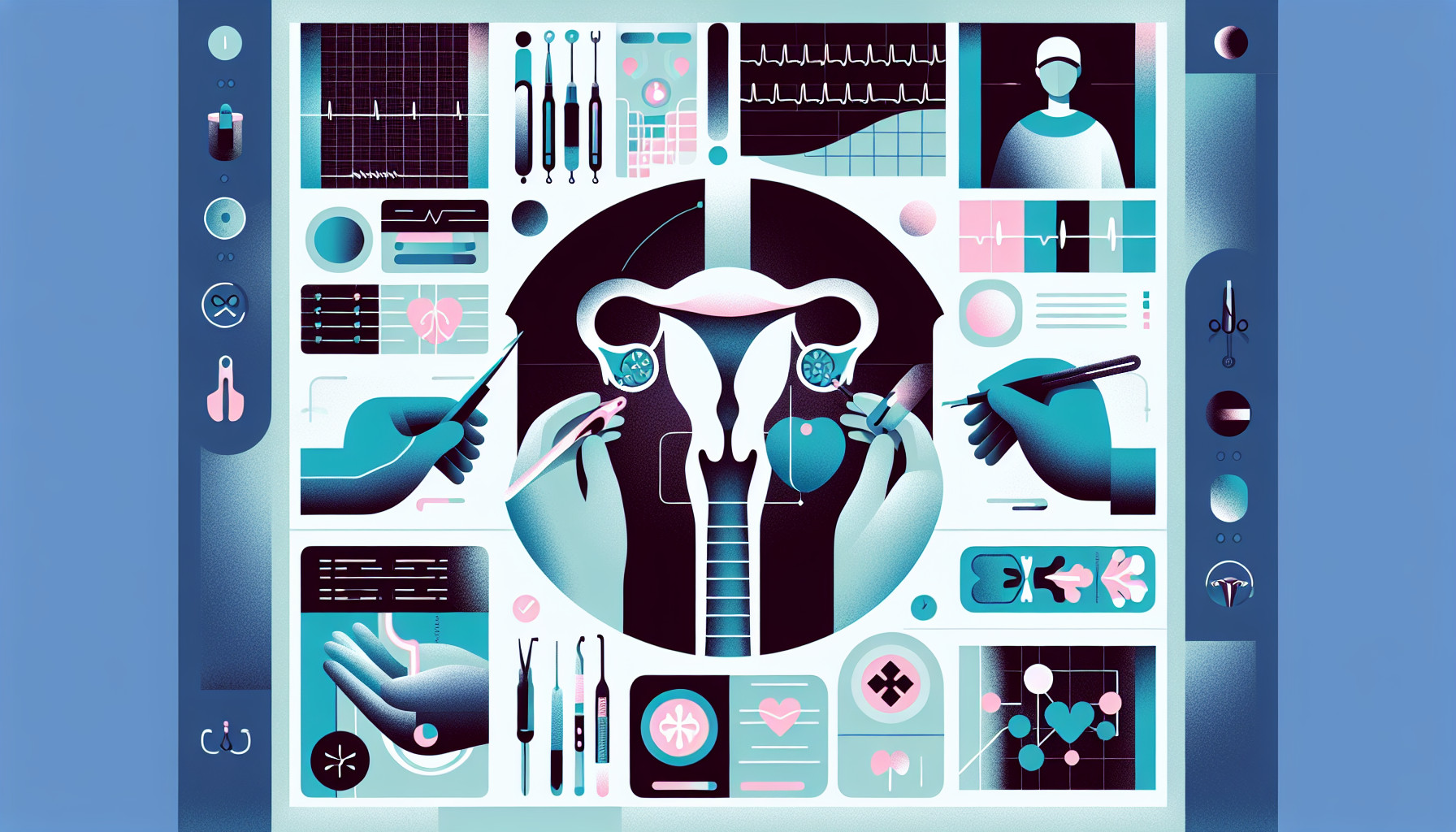Our Summary
Dysmenorrhea is a condition where women experience painful menstrual cramps, which is very common in women of childbearing age. There are two types: primary dysmenorrhea, which has no specific cause, and secondary dysmenorrhea, which is caused by other pelvic conditions.
The reason for these cramps is mainly due to the prostaglandins, chemicals in the body that cause the muscle of the uterus to contract and limit blood flow. The go-to treatment for this condition is nonsteroidal anti-inflammatory drugs (NSAIDs) as they stop the formation of prostaglandins, and also hormonal contraceptives. Other medical treatments include Paracetamol and Gonadotrophic Release Hormone Analogs, which are mainly used for endometriosis, a condition where tissue similar to the lining of the uterus grows outside of the uterus.
There are also non-drug treatments that show promise, like heat therapy and physical exercise. There’s less proof about the effectiveness of dietary supplements, acupuncture, and nerve stimulation, but these can be considered along with first-line treatments after discussing the pros and cons. If all these treatments fail, surgical options are available like endometrial ablation, presacral neurectomy, and laparoscopic uterosacral nerve ablation.
Further research is required to understand the economic impact of dysmenorrhea on healthcare and to determine the effectiveness of combining different treatments. A multi-treatment approach might be the best solution for women suffering from this condition.
FAQs
- What is the primary cause of painful menstrual cramps associated with dysmenorrhea?
- What are some non-drug treatments for dysmenorrhea, and how effective are they?
- If initial treatments for dysmenorrhea fail, what surgical options are available?
Doctor’s Tip
One helpful tip a doctor might tell a patient about endometrial ablation is to discuss the potential risks and benefits of the procedure. It is important to understand that while endometrial ablation can be an effective treatment for heavy menstrual bleeding, it is not a form of contraception and does not prevent pregnancy. Patients should also be aware that the procedure may not completely eliminate menstrual bleeding and that there is a possibility of the lining of the uterus re-growing over time. It is important to follow up with your doctor regularly after the procedure to monitor your symptoms and discuss any concerns.
Suitable For
Endometrial ablation is typically recommended for patients with heavy menstrual bleeding (menorrhagia) that has not responded to other treatments such as medication or hormonal therapy. It is also recommended for patients who have completed their childbearing and do not wish to have any more children.
Other conditions that may warrant endometrial ablation include abnormal uterine bleeding, uterine fibroids, and endometrial hyperplasia. It is important for patients to discuss their medical history and symptoms with their healthcare provider to determine if endometrial ablation is the right treatment option for them.
Timeline
Before endometrial ablation, a patient with dysmenorrhea will typically experience painful menstrual cramps and may have tried various treatments such as NSAIDs, hormonal contraceptives, Paracetamol, and other medications. Non-drug treatments like heat therapy and physical exercise may also have been attempted. If these treatments fail to provide relief, surgical options may be considered.
After endometrial ablation, the patient should experience a significant reduction in menstrual cramps and bleeding. The procedure involves destroying the lining of the uterus, which can result in lighter periods or even the cessation of menstruation altogether. Recovery time is relatively short, and most patients are able to resume normal activities within a few days. Endometrial ablation is considered a safe and effective treatment for dysmenorrhea, with high patient satisfaction rates.
What to Ask Your Doctor
Some questions a patient should ask their doctor about endometrial ablation include:
- What is endometrial ablation and how does it work?
- Am I a good candidate for endometrial ablation?
- What are the potential risks and side effects of the procedure?
- What is the success rate of endometrial ablation in treating dysmenorrhea?
- How long does the procedure take and what is the recovery time?
- Will I still be able to have children after undergoing endometrial ablation?
- Are there any alternative treatments for dysmenorrhea that I should consider before choosing endometrial ablation?
- How many treatments might I need to see results?
- How do I prepare for the procedure and what should I expect during and after it?
- What follow-up care will I need after undergoing endometrial ablation?
Reference
Authors: Kirsch E, Rahman S, Kerolus K, Hasan R, Kowalska DB, Desai A, Bergese SD. Journal: J Pain Res. 2024 Aug 15;17:2657-2666. doi: 10.2147/JPR.S459584. eCollection 2024. PMID: 39161419
